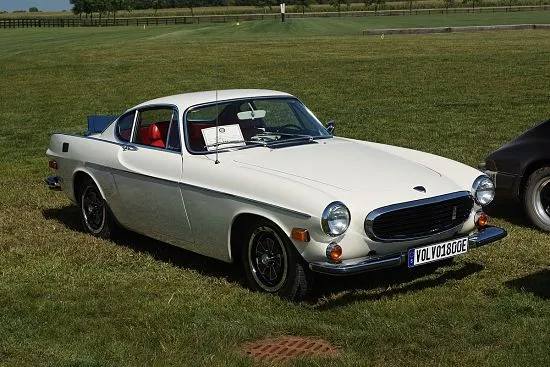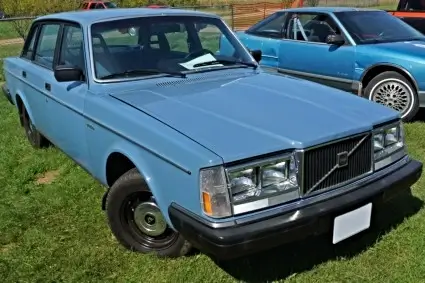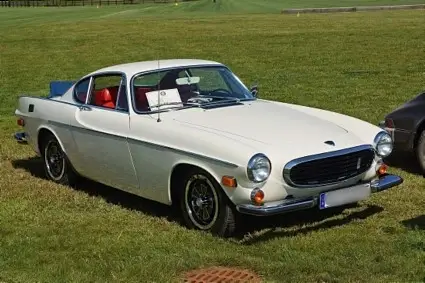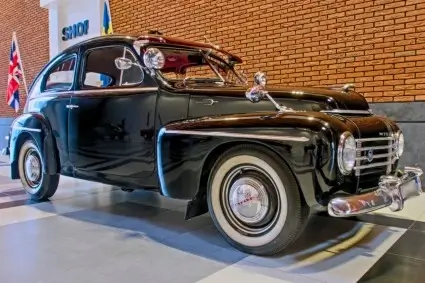Volvo Tyres
Classic Volvo Tyres
On the following pages, Longstone Classic Tyres give classic tyre fitment recommendations for Volvo cars.
If your Volvo is not listed, don't panic! Please give us a call on:
01302 711 123
or
Email: sales@longstonetyres.co.uk
Volvo History

Volvo Cars is a Swedish multinational automobile manufacturer based in Torslanda, Gothenburg. The company's principal marketing points revolve around safety, as well as its Swedish history and design. Assar Gabrielsson, an SKF sales manager, and Gustav Larson, a KTH-educated engineer, agreed to build a Swedish vehicle in 1924. They planned to design vehicles that could resist the country's difficult roads and severe conditions.
The trademark Volvo (Latin for "I roll") was initially registered by SKF on May 11, 1915, with the aim of using it for a particular set of ball bearings for the American market, but it was never used for ball bearings. Instead, the current SKF trademark was adopted for all SKF-products. Some pre-series Volvo-bearings stamped with the brand name 'Volvo' were created but never issued to the market, and it wasn't until 1927 that the trademark was utilised again, this time as a trademark and company name.
The first Volvo automobile, the Volvo V 4, rolled off the manufacturing line on April 14, 1927. Following that, the new firm created closed-top and cabriolet automobiles that were built to withstand the Swedish temperature and terrain. In 1944 The Volvo PV444 passenger automobile was presented and began manufacture in 1947. It was the littlest Volvo to date, and it was the main product in Volvo's manufacturing while also driving the company's entrance into the lucrative American market.

Volvo purchased the passenger vehicle branch of the Dutch manufacturer DAF in the early 1970s and branded its small cars as Volvos before launching the Dutch-built Volvo 340, which soon became one of the best-selling cars in the UK market in the 1980s. Volvo sold 113,267 automobiles in the United States in 1986, a record year for the firm. The introduction of Japanese manufacturers like Acura and Lexus, as well as the increasing popularity of Subaru station waggons in future years, resulting in the loss of a large market share for Volvo, which they have never regained.
Volvo's long-time CEO, Pehr G. Gyllenhammar, recognised that Volvo was too small to guarantee its existence in the future and pursued mergers with other manufacturers. Volvo nearly partnered with Saab in the late 1970s, and an unsuccessful merger in 1978 would have resulted in the Norwegian state owning 40% of the firm. A merger with Renault was stymied in 1993, mostly due to opposition from a Swedish investors' organisation.
Volvo Group opted to sell its automotive manufacturing business in 1999 in order to focus on commercial vehicles and to purchase a 5% share in Japanese manufacturer Mitsubishi Motors. Ford saw benefits in adding a lucrative luxury mid-size European automotive manufacturer known for its safety features to its Automotive Group. The acquisition of Volvo Cars was announced on 28 January 1999, and it was completed the following year for a price of US$6.45 billion.



